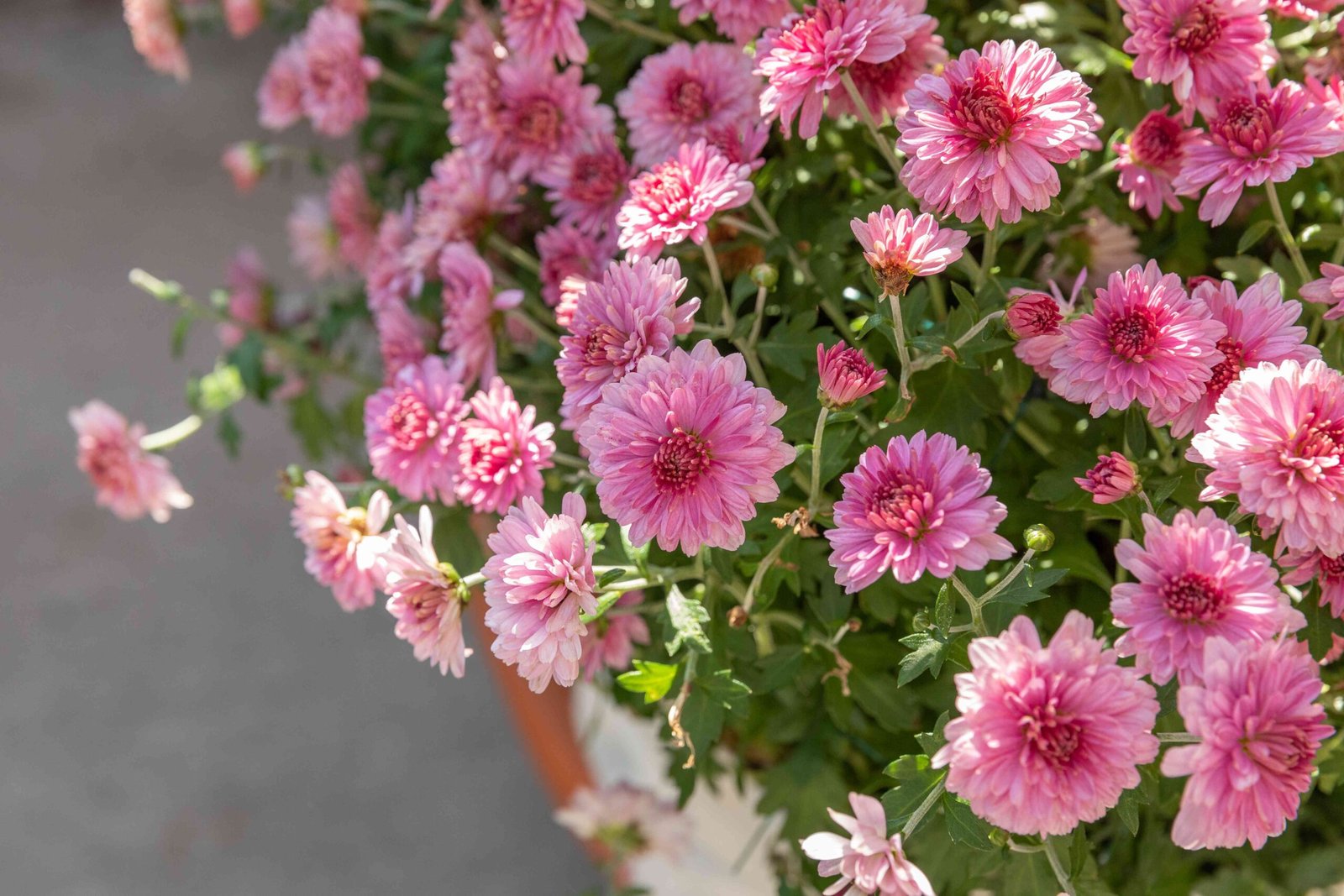Chrysanthemums, with their vibrant blooms and diverse colors, are beloved additions to gardens, borders, and floral arrangements. Propagating chrysanthemums allows gardeners to multiply their favorite varieties and ensure a steady supply of healthy plants. Discover the best techniques for propagating chrysanthemums and nurturing quality seedlings for a spectacular display in your garden.
Selecting the Right Method
Chrysanthemums can be propagated through several methods, including division, cuttings, and seeds. For gardeners aiming to replicate specific cultivars and maintain desired traits, propagating from cuttings is the preferred method due to genetic consistency. Here’s how to do it effectively:
Materials Needed
- Healthy chrysanthemum plant (parent plant)
- Sharp sterilized pruning shears or knife
- Rooting hormone powder or gel
- Potting mix or rooting medium
- Small pots or containers
- Clear plastic bags or humidity domes
Steps for Propagation
- Choose Healthy Parent Plants: Select vigorous, disease-free chrysanthemum plants with desirable characteristics such as flower color, shape, and growth habit.
- Select Stem Cuttings: Snip 4-6 inch cuttings from the tips of healthy, non-flowering stems. Each cutting should have at least 3-4 sets of leaves.
- Prepare Cuttings: Trim the lower leaves from the cuttings, leaving a few sets of leaves at the top. Make a clean cut just below a node (where leaves attach to the stem).
- Apply Rooting Hormone: Dip the cut end of each cutting into rooting hormone powder or gel to encourage root development.
- Plant Cuttings: Insert the treated ends of the cuttings into pots filled with moist potting mix or a well-draining rooting medium. Plant them at a depth where the lowest set of leaves is just above the soil surface.
- Provide Ideal Conditions: Place the pots in a warm, bright location with indirect sunlight. Maintain soil moisture by watering lightly as needed.
- Create a Humid Environment: Cover the pots with clear plastic bags or use humidity domes to trap moisture and create a humid microclimate around the cuttings. Ventilate periodically to prevent mold growth.
- Monitor and Maintain: Check regularly for root development by gently tugging on the cuttings. Once roots are established (usually in 4-6 weeks), transplant the young chrysanthemums into larger containers or outdoor beds.
Tips for Success
- Choose softwood cuttings (new growth) for faster rooting.
- Maintain consistent moisture without overwatering to prevent rotting.
- Provide indirect sunlight and avoid placing cuttings in direct sunlight until rooted.
- Use a well-draining potting mix to prevent waterlogging.
- Label pots with variety names or dates for easy identification.
By following these steps and providing proper care, you can propagate chrysanthemums successfully, ensuring healthy and vibrant seedlings ready for transplanting into your garden. Enjoy the beauty of your propagated chrysanthemums as they bloom and enhance your outdoor spaces with their charming colors and fragrances.

